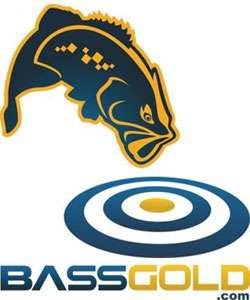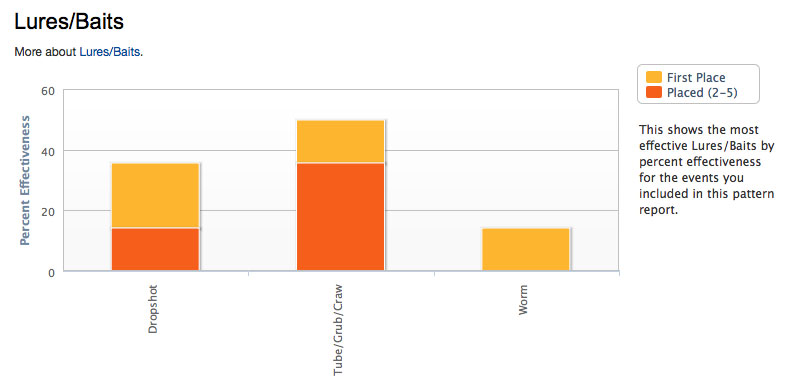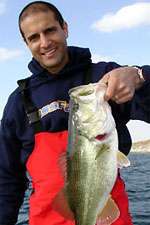
The upcoming Green Bay Challenge is a good use case for BassGold.com for one simple reason: There isn’t much pattern data for Lake Michigan. Does that mean BassGold isn’t useful? Not at all.
While everyone would like to press a button and have the winning pattern magically appear, that can’t happen (although BassGold comes close!) even when there’s a ton of pattern info about a certain lake. But what’s great about BassGold is that it lets you search by “water type,” which gives you valuable information about how a water body will fish, even if it’s in a completely different state or latitude.
That’s because a bass is a bass, and bass will act similarly in similar water bodies – meaning upland reservoirs, lowland reservoirs, tidal rivers and the like. In this case, Lake Michigan is what BassGold classifies as a “Natural Lake.” And even though it’s huge, it will fish like other natural lakes.
Luckily we have four more natural Great Lakes, some of which do have good pattern information. In this case we took a look at patterns for Lake Erie, which according to Bass Fishing Hall of Famer Ken Cook “should fish exactly like Green Bay.”
Macro Factors
No surprise here. “Macro Factors” are generally where on a body of water fish have been caught, and the Macro Factor graph in a Lake Erie Pattern Report for this time of year has one big fat bar on it for “Main Lake Offshore Structure.”
Cook noted that the anglers may find some differences. “The key depth at Green Bay might be different from Lake Erie, which can be determined with electronics pretty easily nowadays. The Elite guys will figure it out quickly, and I look for some big weights of brown fish.”
Habitat Factors
Again, no surprise: It’s all rocks (87 percent) and ledges/drops (13 percent). “The key will be presence of baitfish – I assume gobies,” said Cook. “These little morsels hang tight to the bottom and keep the bass right there with them. There may be other baitfish in Lake Michigan, but if so I’m unaware of it.”
Baits
Here’s the third non-surprise: tubes, drop shots and worms, the latter of which probably should be under drop shots.
But we do see a distinction again between winning baits/rigs, and second- to fifth-place finishers: Winners more often use drop shots, and runners-up use tubes/graubs/craws most.

Subtleties
It seems the keys in this event will be subtleties like:
- Location – or rather locations. “It’s unlikely that a single offshore dropoff or ledge will produce the winning weight,” said Cook. “An angler will require multiple locations to maintain the average-size smallmouth necessary to win.”
- Depth – What will be the key depth overall or on specific pieces of structure?
- Boat position – What’s the best way to fish a structure?
- Bait size/color – This is always important, but may be even more so in deep, clear water where limits should be abundant and average fish size will be key.
Weight
On Erie it looks like an average of high teens to low 20s per day is what it takes to win. Tough to say what it will take on Michigan, but we expect about the same, probably on the higher end of that range if the weather is decent.
_____
With a database of thousands of tournament patterns covering hundreds of lakes, BassGold.com – a B.A.S.S. partner – is the ultimate bass patterning tool. Right now, you can get $5 off the BassGold.com annual registration price when you click here and use code BFB001 when you sign up. Don’t forget to use the code! Note that BassGold offers a three-day free trial.

